
Unwrap Gadhouse Gifts for Christmas 2025
Dig deep into your personality through the vinyl you pick and uncover what your music taste reveals about you.
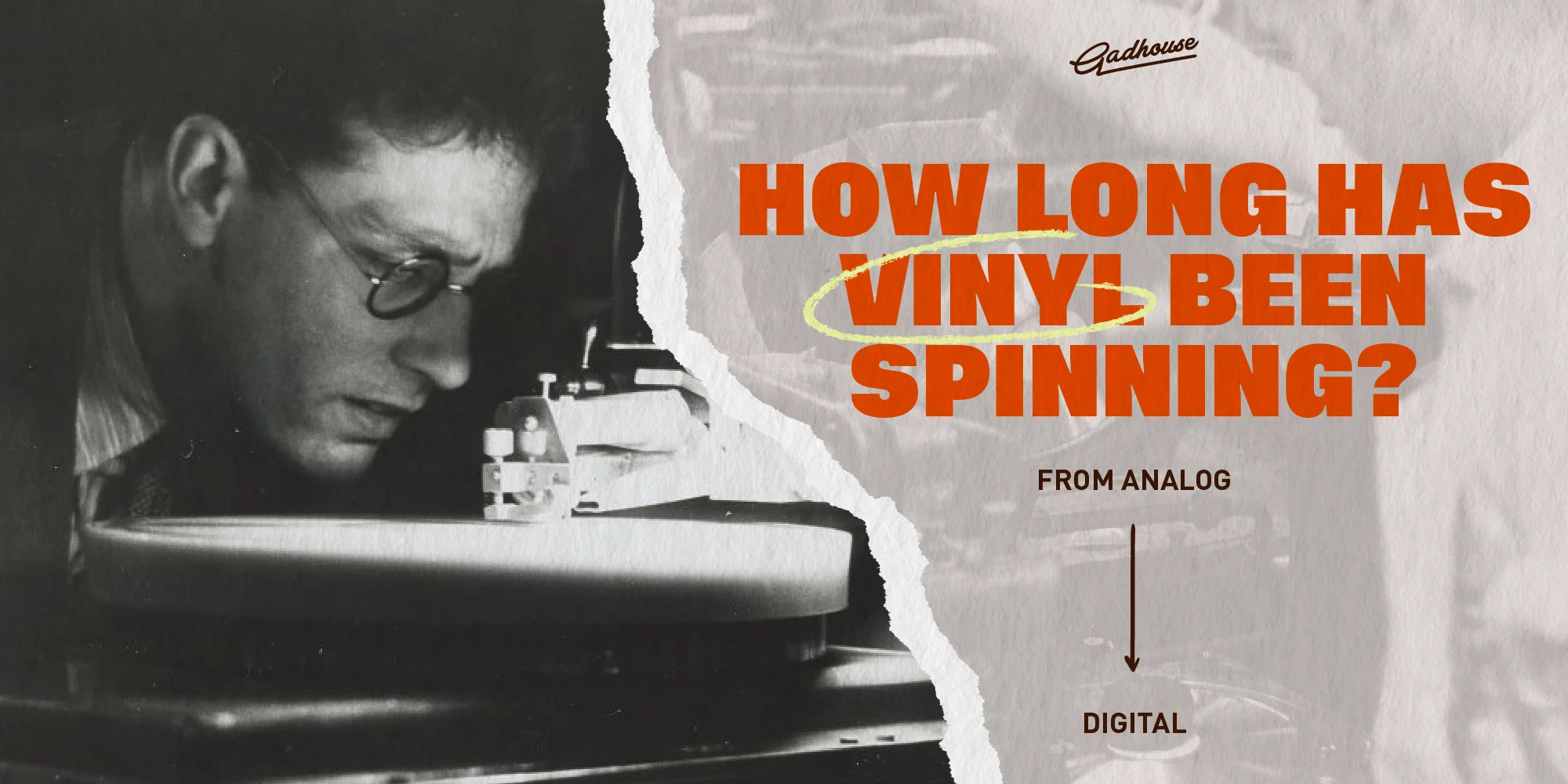
Guess how long vinyl has been around?
Spoiler: it’s way older than you think. From crackly recordings to today’s colorful pressings and limited indie drops, vinyl has truly lived through it all. But how did this vintage format survive the rise of streaming and come back cooler than ever? Scroll down to see where it all started.
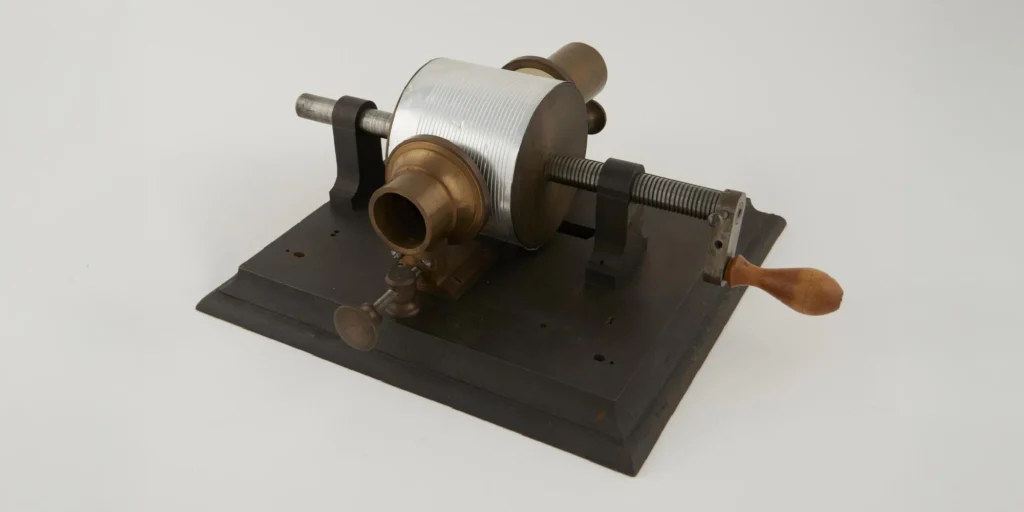
In 1877, Thomas Edison invented the phonograph, the world’s first sound recorder and player. It used a spinning cylinder and needle to capture and replay sound — the first recorded line ever was “Mary had a little lamb.”
At that time, the phonograph was seen as a scientific novelty, useful for dictation but not yet for entertainment. Its short playtime, poor audio quality, and hard-to-duplicate format limited its potential.

Flat 78 RPM shellac discs became the industry standard. These records were played on gramophones and came in 10-inch and 12-inch sizes, with each side playing for just 3–5 minutes. Made of shellac, they were thick, heavy, and fragile.
Most modern turntables don’t support 78 RPM — but if you’re a vintage audio fan, Dean Turntable Stereo System is a great entry turntable set for rediscovering the charm of these old formats. . It offers 3-speed playback: 33⅓, 45, and 78 RPM.
*shellac: a natural resin secreted by insects.
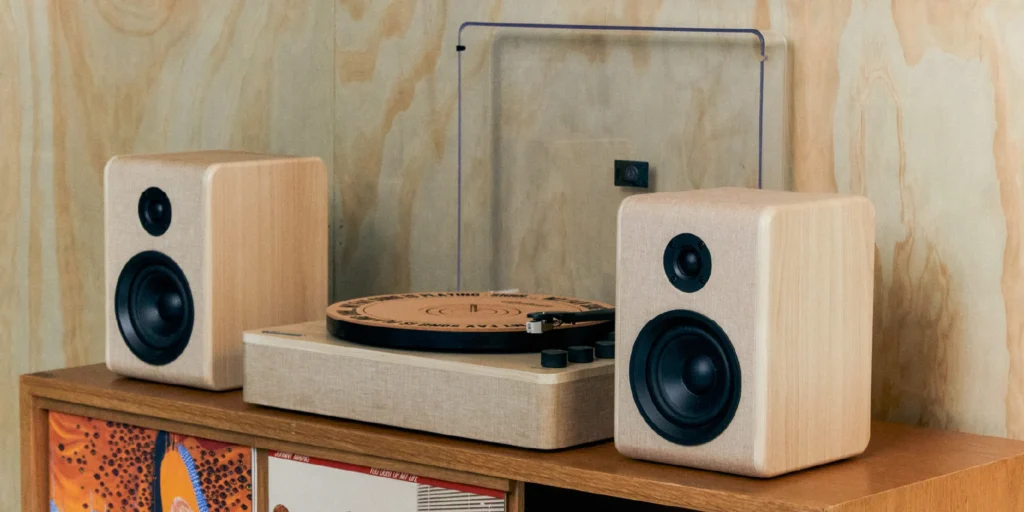
During this period, vinyl (PVC) began replacing shellac, especially for radio transcription discs. Vinyl offered better durability and improved sound quality, making it perfect for longer broadcasts. However, it wasn’t widely adopted by the public until after World War II, when shellac supplies ran low.

The vinyl record formats we know today arrived in the late 1940s.
This innovation kicked off the golden era of vinyl, spanning from the 1950s to the 1980s.
🎵 Fun fact: The LP and single formats were competitors at first, but both formats survived and thrived side by side.

After vinyl, cassette tapes were introduced in the 1960s and quickly gained popularity for their compact size and portability—you might know the Sony Walkman from the late ’70s.
In 1982, compact discs (CDs) entered the scene, offering clearer digital sound and greater durability.
Fast forward to the ’90s, digital music took off with the MP3 format, making it easier to carry and share songs. This shift eventually led to the rise of today’s music streaming platforms, making it possible to listen to music anywhere, anytime. That’s why Gadhouse designed models like Brad and Cosmo to blend vinyl and digital listening all in one.
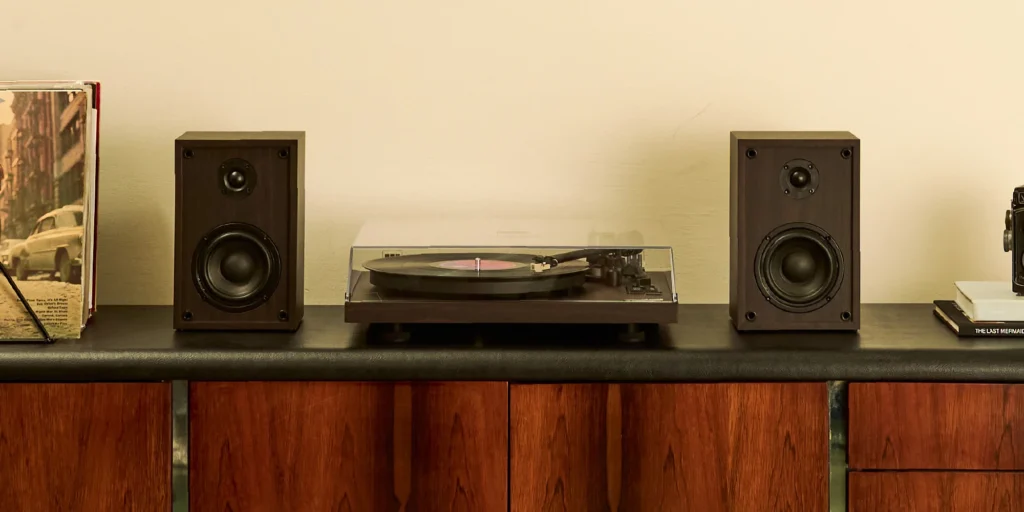
In fact, vinyl records became the best-selling physical music format in 2024, overtaking CDs. Why? Because vinyl offers more than just sound, it gives a tangible and immersive listening experience that streaming simply can’t match.
And today, we invite you to start your vinyl journey with the Henry Hi-Fi Turntable bookshelf speakers, available in two vintage-inspired colors. Or, if you’re looking for a more advanced setup, the Mathis Turntable pairs seamlessly with your external Bluetooth speakers. This is the perfect time to rediscover the charm of analog.
Stay in the loop — Subscribe to Gadhouse and get the latest updates every month!
Source: Library of Congress, NFSA, Science & Media Museum

Dig deep into your personality through the vinyl you pick and uncover what your music taste reveals about you.
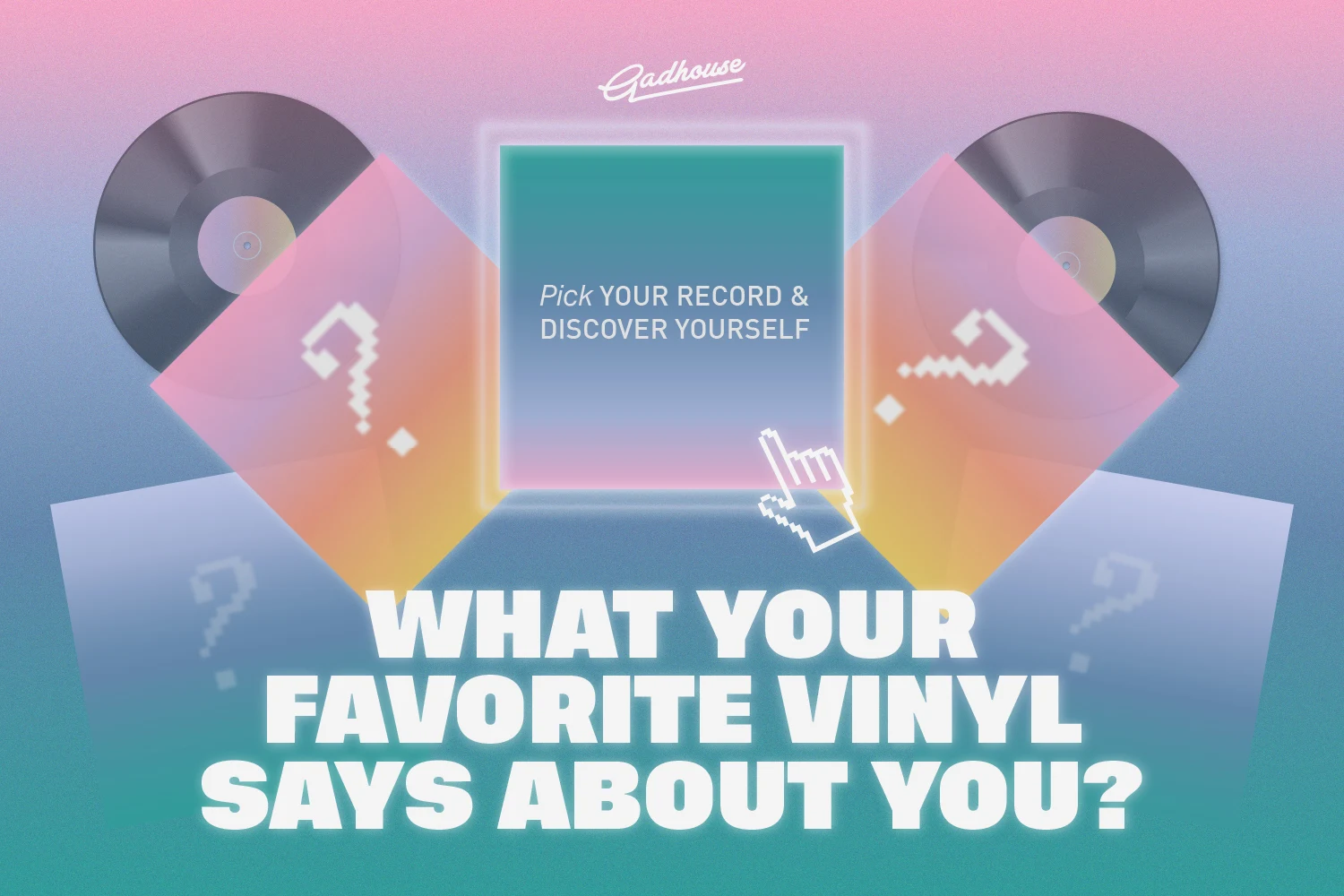
Dig deep into your personality through the vinyl you pick and uncover what your music taste reveals about you.
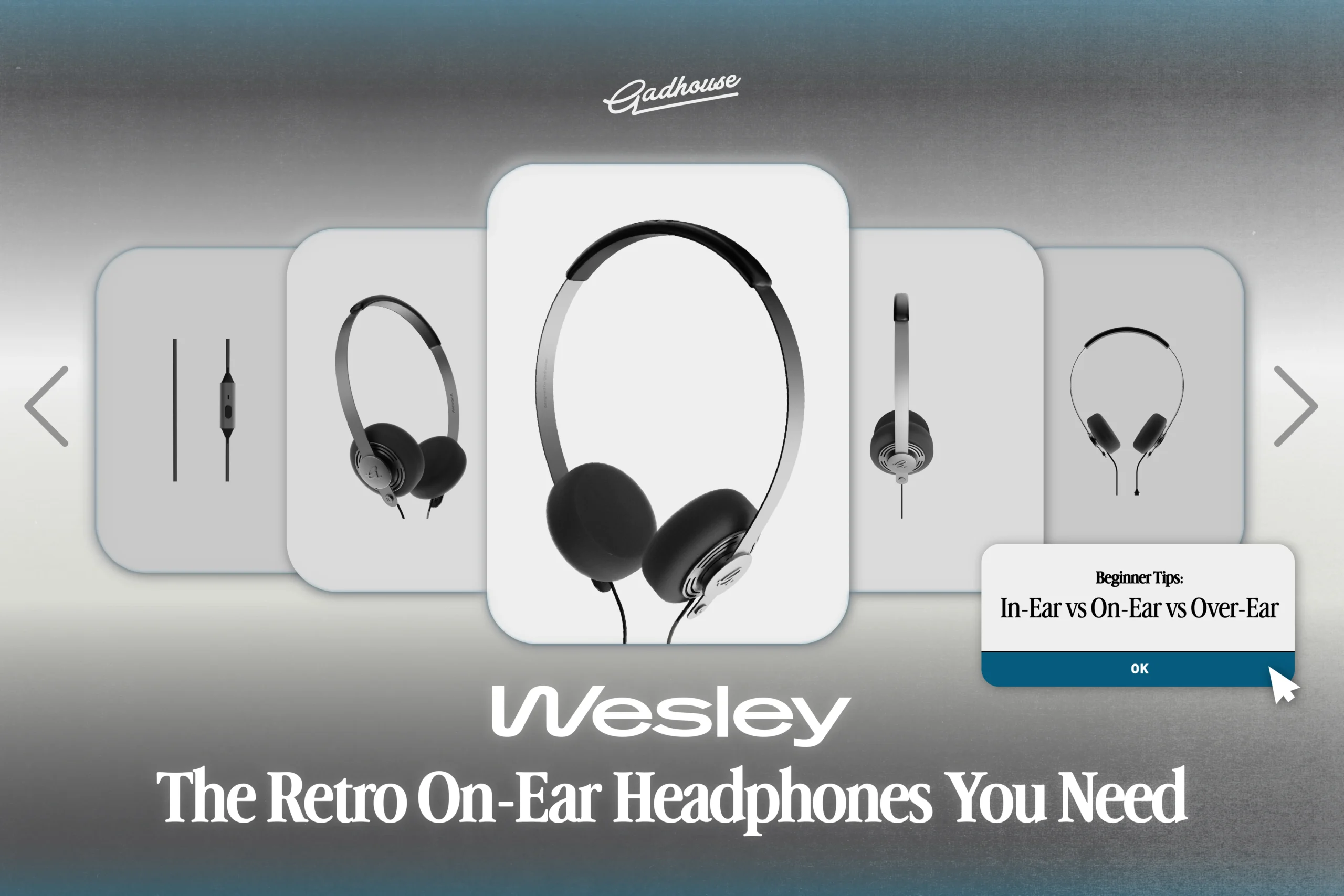
Gadhouse Wesley on-ear headphones combine 80s retro style, comfort, and portability, plus tips to pick the right headphones for you.
You’re currently visiting the Global Site, but it looks like you’re in Thailand. Let us know where you’d like to continue.